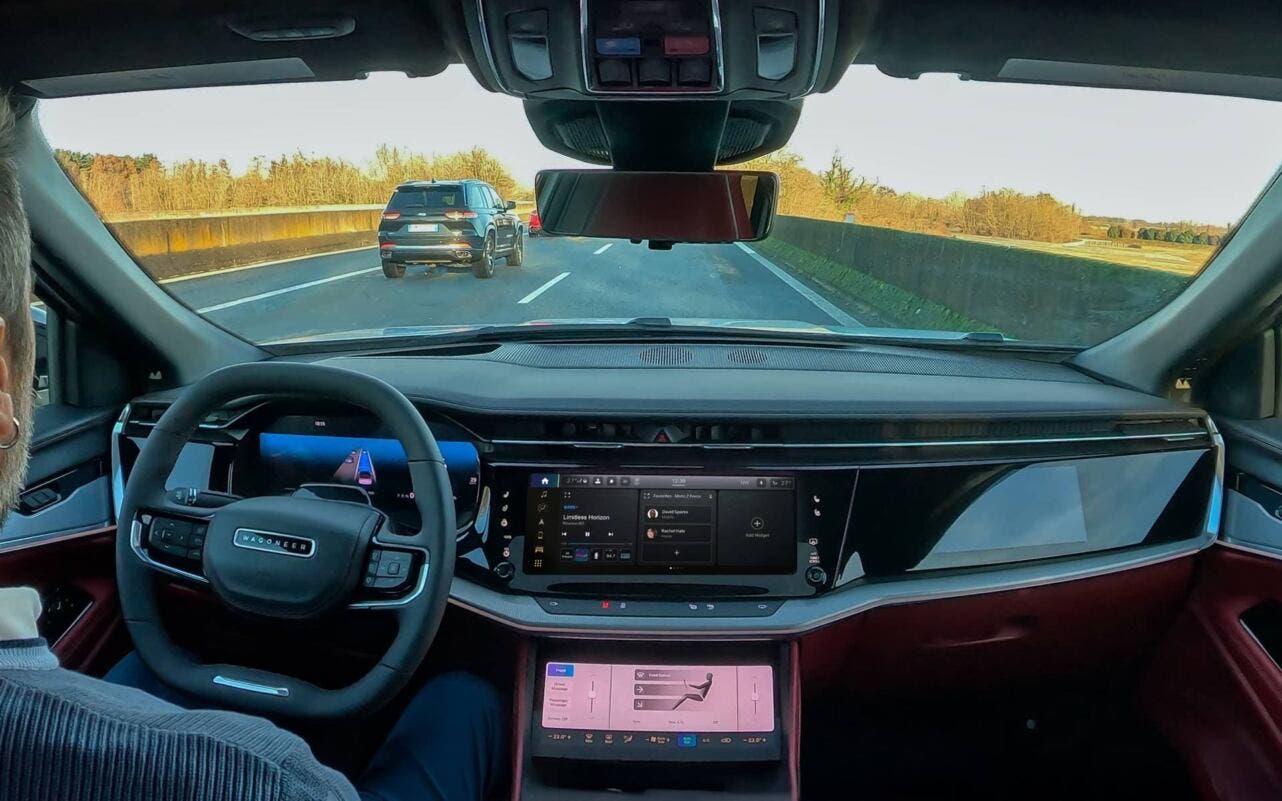Among today’s mobility technologies, Stellantis has decided to raise the bar with a patent that has the potential to radically change the relationship between driver and vehicle. The idea is simple yet startling: an “emergency drive” system that takes full control away from the driver.
Stellantis patents emergency drive system that can override driver inputs

According to the Stellantis patent, in case of imminent danger, the car can temporarily disable steering and other controls, allowing sensors and artificial intelligence to take over and perform evasive maneuvers. In other words, if you make a mistake, the car steps in to save you.
Filed with the United States Patent and Trademark Office, the patent describes a system capable of “ignoring” human input when it poses a risk. Radar, lidar, and cameras communicate with predictive algorithms to steer, stabilize, or brake, ensuring a safe exit even in the most critical situations. The goal is not only to react but to prevent, a step forward compared to traditional automatic emergency braking, which often intervenes too late or still leaves room for driver error.
Naturally, ethical concerns arise. If the car decides to override the person holding the wheel, who bears responsibility in case of failure? The driver, who had no say, or the manufacturer? It’s a slippery slope, and Stellantis is treading carefully, aware that agencies such as the NHTSA, the “feared” U.S. authority, are scrutinizing every move in this field of innovation.
The competitive context is equally intense. Tesla and Waymo have already explored override systems, but Stellantis stands out by focusing on electronically disconnecting hardware inputs. This approach could set new standards in mass-market segments, particularly in congested urban settings or during complex highway merges.
Stellantis also aims to stay pragmatic. After pausing its Level 3 autonomous driving plans, the company now seems to be betting on intermediate, practical technologies, solutions that improve safety without making promises that are still far from market reality. Still, if this system were to appear in the group’s future vehicles, we might soon be inside a car that “ignores” us to save our lives. A little unsettling, perhaps.
